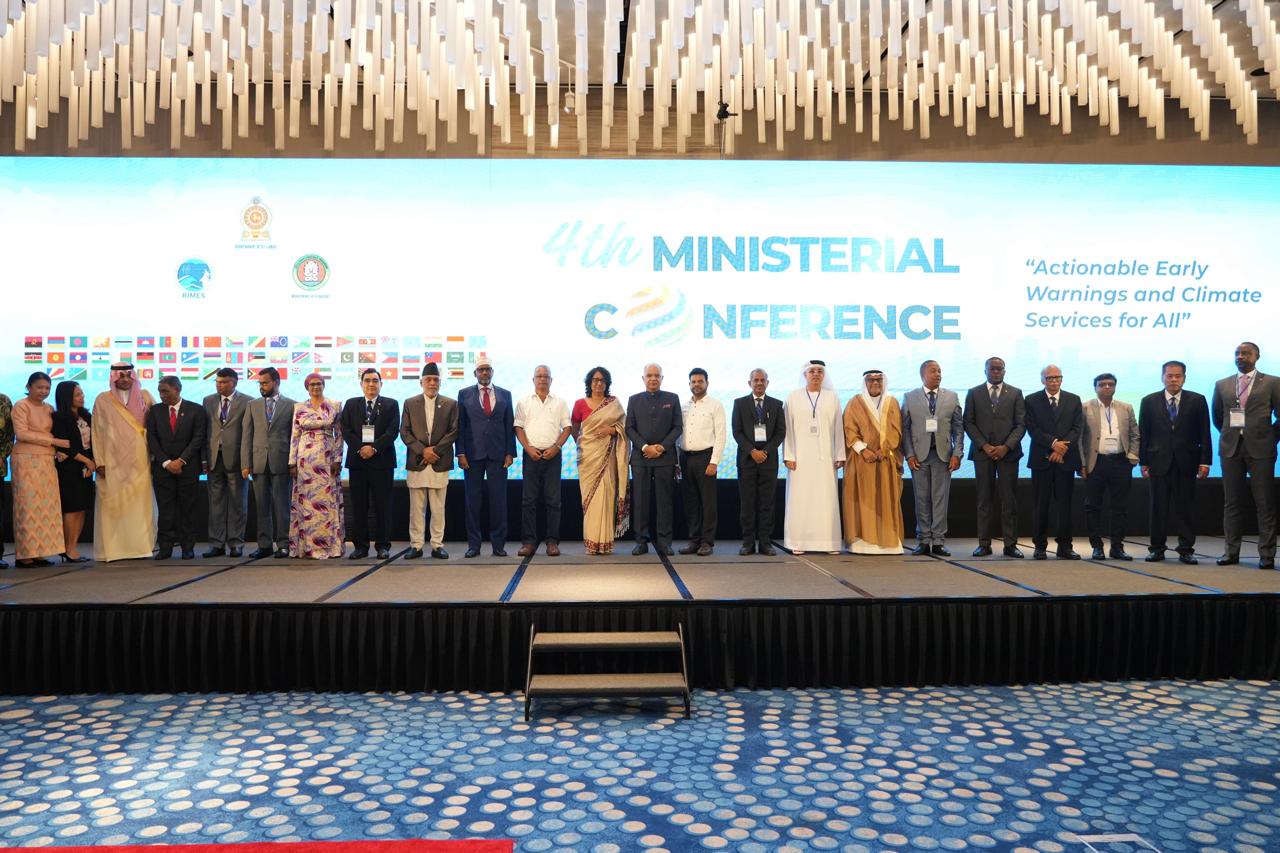- Courses
- GS Full Course 1 Year
- GS Full Course 2 Year
- GS Full Course 3 Year
- GS Full Course Till Selection
- Online Program
- GS Recorded Course
- NCERT (Recorded 500+ Hours)
- Polity Recorded Course
- Geography Recorded Course
- Economy Recorded Course
- AMAC Recorded Course
- Modern India, Post Independence & World History
- Environment Recoded Course
- Governance Recoded Course
- Science & Tech. Recoded Course
- International Relations and Internal Security Recorded Course
- Disaster Management Module Course
- Ethics Recoded Course
- Essay Recoded Course
- Current Affairs Recoded Course
- CSAT
- 5 LAYERED ARJUNA Mentorship
- Public Administration Optional
- ABOUT US
- OUR TOPPERS
- TEST SERIES
- FREE STUDY MATERIAL
- VIDEOS
- CONTACT US
Opposition to Submit Notice for Impeachment of Vice-President Jagdeep Dhankhar
Opposition to Submit Notice for Impeachment of Vice-President Jagdeep Dhankhar
10-12-2024
- On 9th December 2024, The INDIA bloc, a group of opposition parties, is planning to submit a notice to move a no-confidence or impeachment resolution against Vice-President Jagdeep Dhankhar, who is also the Chairman of the Rajya Sabha.
- The opposition claims that Dhankhar has been biased and has been favoring the ruling BJP in the Rajya Sabha.
- Political Message: While the opposition does not have enough numbers in the Rajya Sabha to remove Dhankhar, but this move is mainly to send a political message to the BJP about the concerns regarding how Parliament is being run.
Why Is the Opposition Against Dhankhar?
- The opposition parties have accused Dhankhar of being partial, saying that he does not allow them to speak or raise important issues.
- They believe that Dhankhar is allowing the BJP to dominate the Rajya Sabha debates and suppress opposition voices.
- Opposition Support: Trinamool Congress (TMC) and Samajwadi Party (SP), who have not participated in Congress-led protests on the Adani issue, have also signed the notice to move the impeachment.
- This is the 2nd attempt by the opposition to remove Dhankhar this year.
Can a Vice-President Be Impeached in India?
The process for removing or impeaching the Vice-President of India is explained in Articles 67(b), 92, and 100 of the Indian Constitution.
-
Impeachment Process:
- The impeachment motion against the Vice-President can only be introduced in the Rajya Sabha (Upper House). The process is as follows:
- Introducing the Resolution: A resolution to impeach the Vice-President must first be introduced in the Rajya Sabha.
- Majority Needed in Rajya Sabha: For the motion to pass, it needs a majority of at least 50% of the members present, plus one.
- Motion Moves to Lok Sabha: If the motion passes in the Rajya Sabha, it then moves to the Lok Sabha (Lower House), where it needs to be approved by a simple majority for the Vice-President to be removed.
- The impeachment motion against the Vice-President can only be introduced in the Rajya Sabha (Upper House). The process is as follows:
-
Notice Requirement:
- Article 67(b) of the Constitution says that there must be a 14-day notice before the motion can be moved, informing everyone about the intention to impeach the Vice-President.
- This notice is mandatory before the resolution can be introduced.
-
Time Constraints:
- The current session of Parliament ends on December 20, 2024, so there is limited time for the Opposition to introduce and process the motion before the session concludes.
-
Opposition Numbers in Rajya Sabha:
- In the 245-member Upper House, The Opposition INDIA bloc has only 103 members in the Rajya Sabha.
- Even with the support of Independent MP Kapil Sibal, the Opposition still does not have enough numbers to succeed in the impeachment.
- They would need more than half of the Rajya Sabha members to support the motion, which seems unlikely at this stage.
Opposition's Goals:
- A senior leader from the opposition said that even though they might not have enough votes to remove Dhankhar, the goal is to send a clear message to the BJP that they cannot run Parliament in this way.
- The leader added, “We are fighting to save Parliamentary democracy.”
- TMC’s Statement: Sagarika Ghose, Deputy Leader of TMC in Rajya Sabha, said, “This government is killing Parliament.”
- She also claimed that the BJP was scared because they do not have answers to people's issues.
- She added that the government is misusing important constitutional offices for its own benefit.
Opposition's Numbers in Rajya Sabha:
- The INDIA bloc has 103 members in the Rajya Sabha, plus the support of Independent MP Kapil Sibal. Even with this support, they do not have enough votes to remove Dhankhar. However, they still want to submit the notice as a statement of their concerns.
- The opposition was also upset after Dhankhar mentioned Congress MP Abhishek Singhvi in connection with the recovery of money from his seat.
- This, along with Dhankhar allowing BJP members to raise the issue of Congress ties to George Soros, angered the opposition and made them push forward with the impeachment idea.
Past Attempts at Impeachment:
- There is no record of any impeachment or no-confidence motion ever being moved against a Rajya Sabha Chairman.
- However, in 2020, the opposition moved a no-confidence motion against the Deputy Chairman of Rajya Sabha, Harivansh, after he allowed the Farm Bills to be passed without proper discussion.
- This led to strong protests, and the opposition accused him of violating parliamentary rules.
- Article 90 of the Constitution talks about how a Deputy Chairman can be removed. It allows for a resolution to be passed if the majority of members in the Rajya Sabha agree.
- The 2020 resolution was backed by Congress, TMC, DMK, CPI, RJD, AAP, TRS, SP, IUML, and others.
- However, the resolution was rejected and did not result in any change.
- Historical Precedents: In the past, resolutions were moved against Speakers of the Lok Sabha but were never successful. For example:
- In 1951, a resolution was moved against G V Mavalankar (the first Speaker of Lok Sabha).
- Sardar Hukam Singh in 1966 and Balram Jakhar in 1987 also faced similar resolutions, but these were discussed and rejected by the House.
About Rajya Sabha Chairman (Vice-President)
Constitutional Provisions:
Powers and Functions of the Chairman:
Removal of the Chairman (Vice-President):
Provisions Related to the Vice-President:Role and Office:
Eligibility Criteria for Vice-President:
Electoral College:
Election Procedure:
|




